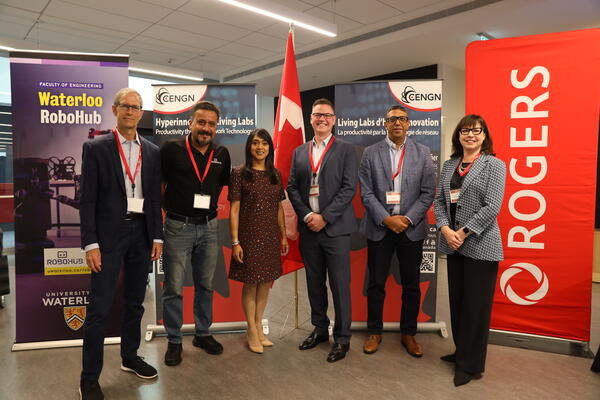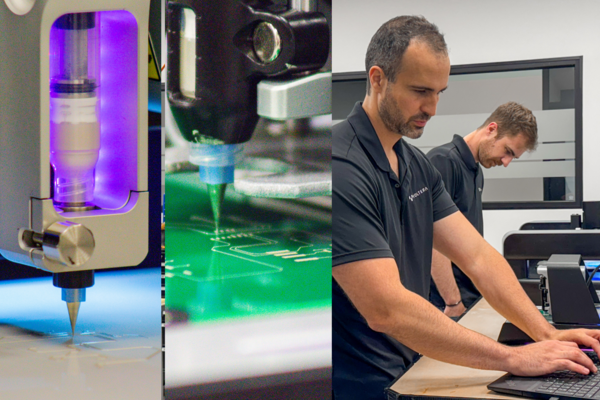
Smart tech for medical implants
Waterloo researcher hopes technology that turns vibrations into energy will reduce the number of open-heart surgeries for people with pacemakers

Waterloo researcher hopes technology that turns vibrations into energy will reduce the number of open-heart surgeries for people with pacemakers
By Carol Truemner Faculty of EngineeringArmaghan Salehian’s research group has developed technology she hopes will dramatically reduce the number of times people have to get their pacemakers replaced.

If pacemaker batteries can last longer with this hybrid technology, patients will have to endure fewer open-heart surgeries.
“If a two-year-old child has to go through openheart surgery every seven or eight years that could translate into approximately ten surgeries in his or her life span to implant new pacemakers,” says Salehian, a professor in Waterloo’s Department of Mechanical and Mechatronics Engineering. “The number may be reduced noticeably by harvesting energy through vibrations and human motion to prolong the battery life.”
Smart energy harvesters that turn vibrations into electricity
Salehian’s team, which includes graduate and undergraduate mechanical and mechatronics engineering students, has developed wideband hybrid energy harvesters that use different types of smart material solutions to convert ambient vibrations into electricity. The team’s completed prototype has also shown potential for various wireless sensing technologies.

With the increased use of electronic devices ranging from mobile phones and wireless sensors to medical implants, there is strong demand for more energy-efficiency units for today’s technology. Self-sustained systems that can harvest different forms of ambient energy have the potential to lower costs and the need for regular battery replacements in devices such as pacemakers.
Passionate about making a difference
Salehian says other researchers have undertaken similar work, but the major issue has been that devices have been designed for narrower ranges of vibrations frequencies. For example, if an individual is moving at a certain pace, the device produces power but as soon as the rate of motion is changed or the frequencies are slightly different the amount of power reduces significantly.
“The prototype we’ve developed uses a combination of smart materials so the amount of harvested energy can be increased at a wider range of frequencies,” she explains.
Salehian says her research may also be used to power wireless sensors that help detect cracks and damage to buildings.
Salehian, who is reaching out to Canadian and U.S. companies for industrial collaborations, has long been interested in the combination of vibrations and smart materials. “I’ve always been passionate about research that will make an impact on people’s lives.”

Read more
Here are the people and events behind some of this year’s most compelling Waterloo stories

Read more
Living Lab initiative will help Canadian companies test and validate products and services at Waterloo’s RoboHub

Read more
Voltera prints electronics making prototyping faster and more affordable — accelerating research to market-ready solutions
The University of Waterloo acknowledges that much of our work takes place on the traditional territory of the Neutral, Anishinaabeg, and Haudenosaunee peoples. Our main campus is situated on the Haldimand Tract, the land granted to the Six Nations that includes six miles on each side of the Grand River. Our active work toward reconciliation takes place across our campuses through research, learning, teaching, and community building, and is co-ordinated within the Office of Indigenous Relations.